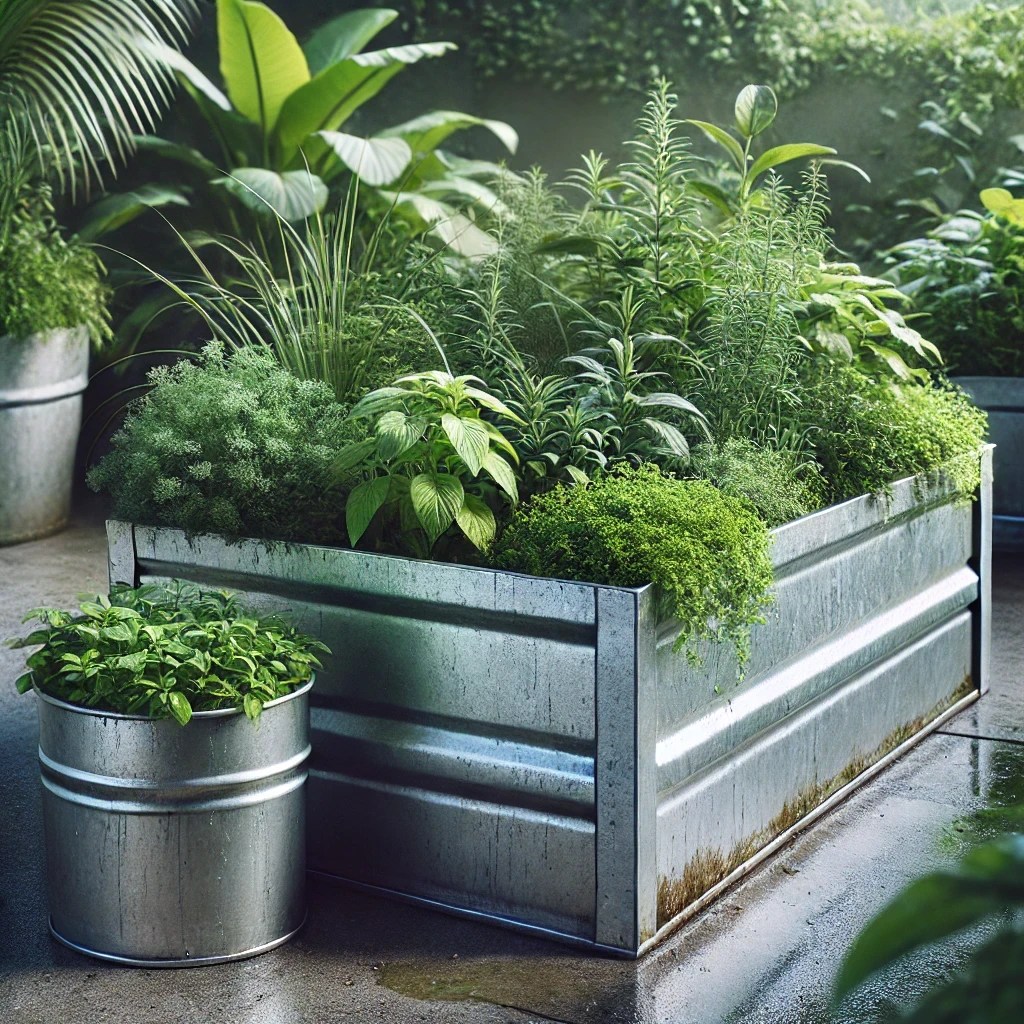If you ’re think of trying out worm farming but do n’t need to go out and buy a dirt ball farm , you may always progress your own DIY worm farm instead .
building is really loose , and only take a few minutes , and it can all be done using recycle materials , cost nothing at all .
To work up your worm farm , you ’ll need the follow items :

Basic Worm Farm Layout
The diagram below illustrates the basic purpose of how the worm farm is put together , and how it work out .
Worm Farm Construction, Step by Step
The follow instructions demonstrate how to build a dirt ball farm in 11 simple steps .
Step 1 – Take two polystyrene froth Brassica oleracea italica boxful with lids , put one lid aside as you ’ll only need one lid .
Step 2 – Take one box for the upper tray , and using the # 2 Philips head screwdriver , punch a two row of drain hole in the bottom .

A broccoli box worm farm is constructed from two stackedpolystyrene foamboxes
Punch the holes from the outside of the boxwood to the interior , so they ’ll look neater on the outside , as the foam breaks out a bit and looks messier on the exit side the screwdriver pickle .
Step 3 – Cut a objet d’art of shade material which is both encompassing and longer than the inside of the upper tray foam box , and place it in the bottom , so it runs up the sides . This will keep the bedding and worm falling through the drainpipe holes .
Step 4 – Take a few whole newspapers and sit them over the shade textile , fold and overlap them to neatly fit the bottom of the upper tray foam box seat .

A broccoli box worm farm is constructed from two stackedpolystyrene foamboxes
tone 5 – Take the lid , and using the # 1 Philips head screwdriver , plug a two words of smaller air hole in the top of the eyelid .
plug the holes from the outside of the eyelid to the inside , so they ’ll appear neater on the outside , as the foam breaks out a minute and look messier on the exit side the screwdriver hole .
Put the upper tray foam box and lid away , the top one-half is now completed .

Step 6 – Prepare your bedding material – if using a cocoanut coir pulley block , souse it in a bucket of water until it is soft .
Step 7 – Take the other froth loge for the lower tray , and on one side of the lowly tray foam box , make a hole level with the bottom of the loge and press the short section of dark 12 millimeter irrigation polypipe into it so it gallop about 5 cm ( 2 ” ) inside the box .
footmark 8 – sit down the lower tray froth box on brick or other support so it is mellow enough to seat a low bucket under the drain organ pipe , and place the pail underneath the drain .

Sit the upper tray foam box on top of the lower one , and then swarm in the coconut coir or other bedding material . Any extra liquid will head for the hills into the lower tray and out of the waste pipe pipage into the bucketful .
Add worms to the bedding , cover the bedding with a moist paper ‘ insect blanket ’ and put the lid back on .
That ’s all ! congratulation on building your own worm farm !

If you ’d like to find out more about louse farming , please check out the following articles :
Share this:
Like this:
Related
Related Posts
raise Your Own Pineapple : A Comprehensive Guide to Regrowing Pineapples from Tops
Understanding Drainage Differences in Raised Garden Beds vs. Small Containers : Why and How It matter
How to arise Strawberries from Store - Bought Fruit : A Step - by - footmark Seed Growing Guide

Discover more from Deep Green Permaculture
Type your email …
proceed reading






